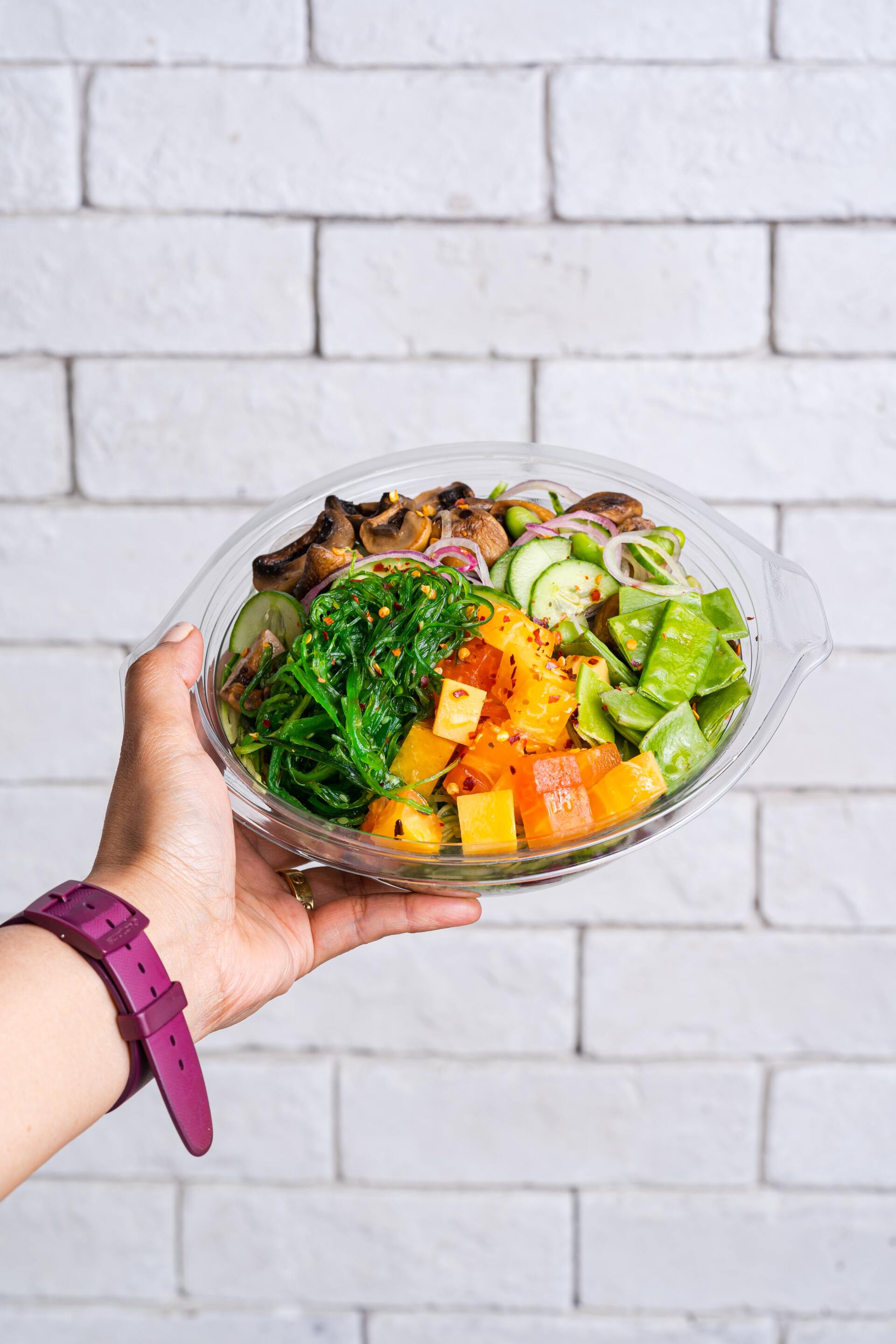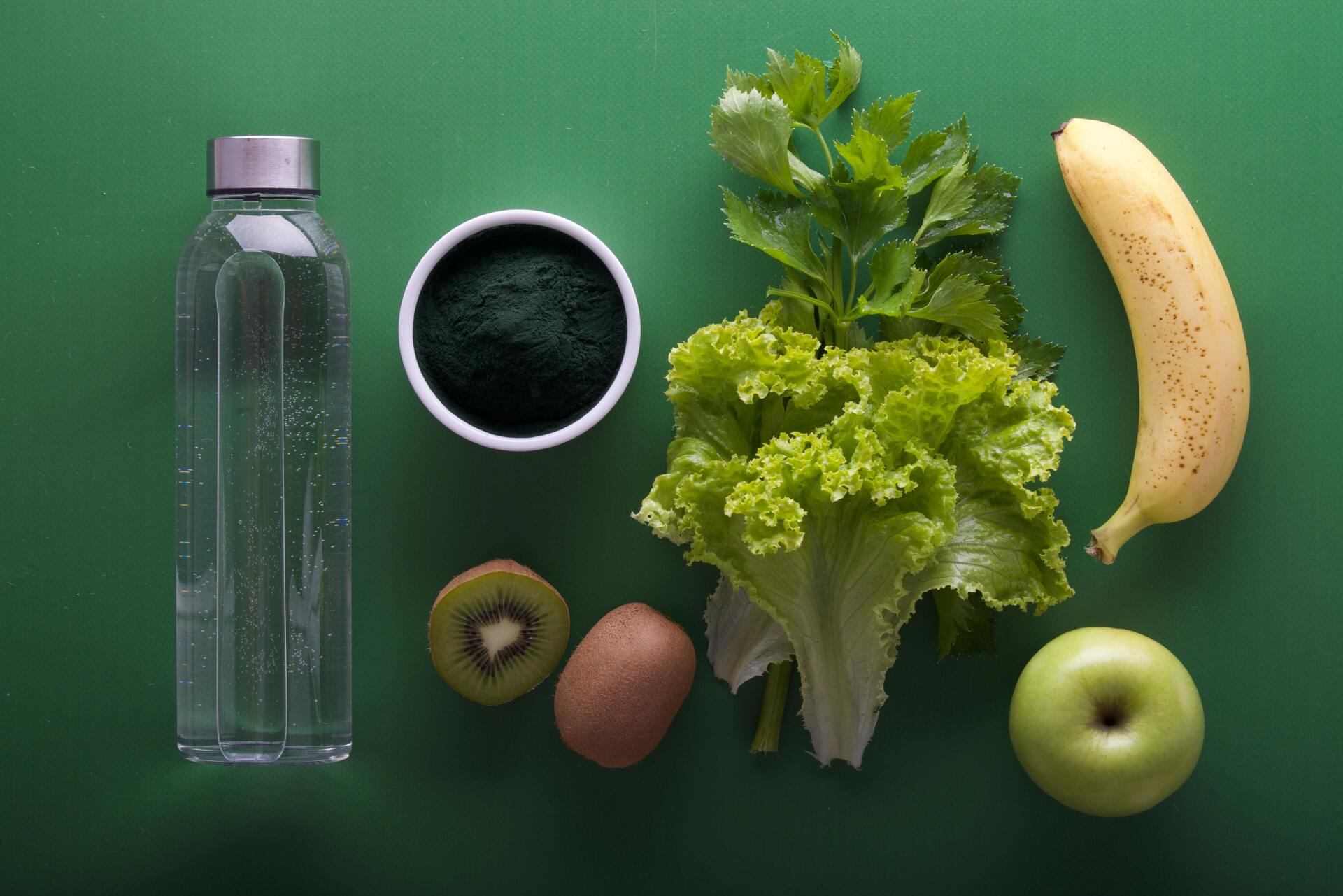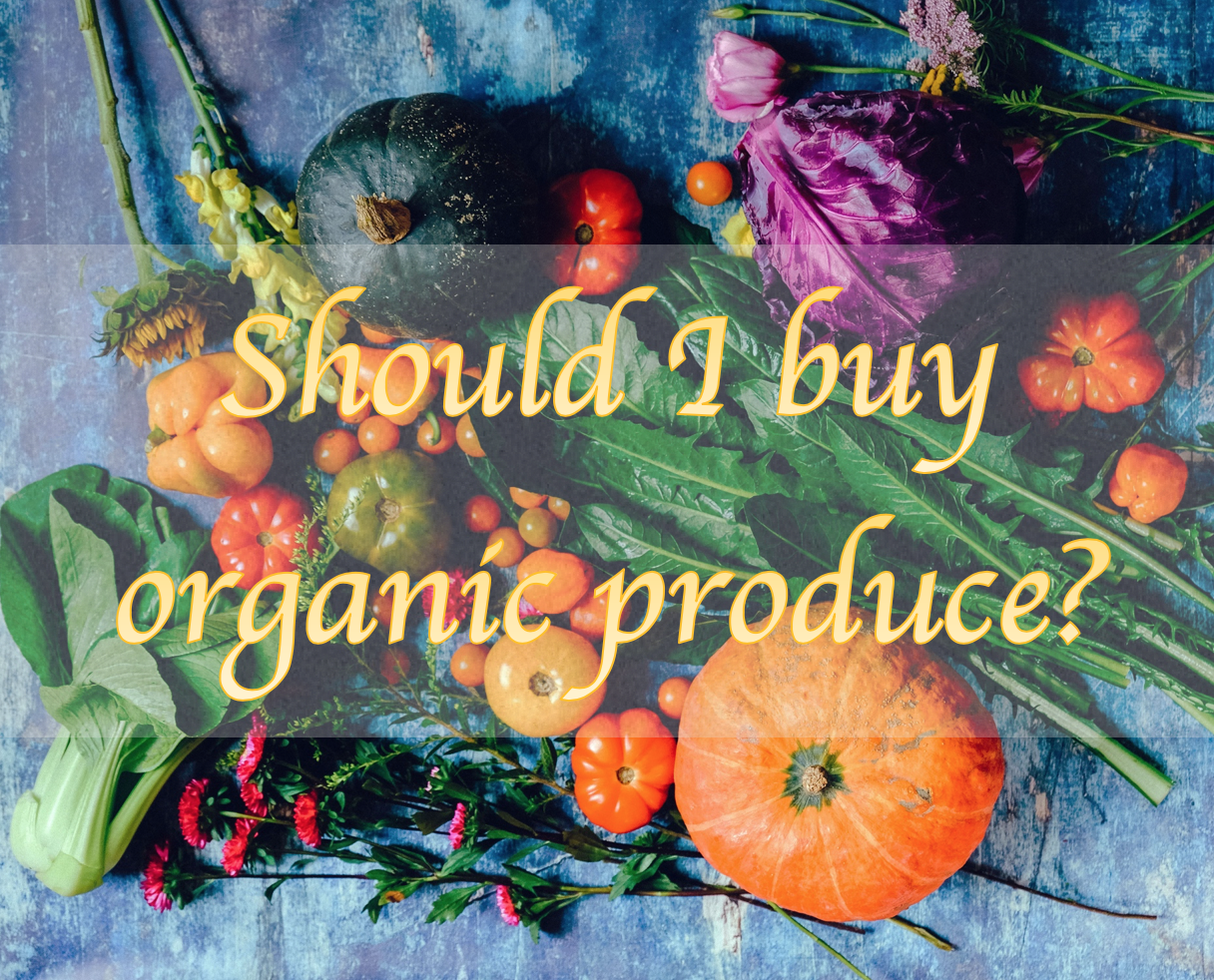The Dirty Dozen
A Quick Guide to Eating Organic
The world of organic food can be extremely complicated, confusing, and expensive to navigate. It’s easy to get overwhelmed with all sorts of information—some people believe that you should buy organic produce or nothing, while others don’t believe that there is a difference between conventional and organic plants.
What is organic?
The organic certifications are regulated by the United States Department of Agriculture (USDA). Farms that do not use specified toxic pesticides, synthetic fertilizers, sewage waste, GMOs (genetically modified organisms), antibiotics, synthetic growth hormones, and irradiation are eligible for the organic seal. Organic meat comes from animals who are fed organic food and have access to the outdoors.
Why is organic important?
Organic food is often considered to be healthier because there are less pesticides sprayed onto these crops. For a crop to be certified as organic, farms cannot spray a number of identified potentially toxic pesticides. Some of these pesticides, such as the Dacthal, or DCPA, found on a majority of conventional kale samples, have been shown to be a potential carcinogenic. This specific pesticide was banned in Europe in 2009. Nevertheless, if someone can only afford to purchase conventional products, the consumption of fruits and vegetables is still highly recommended.
Organic food is usually more expensive than conventional options. For families who do not have a large grocery budget, it would be nearly impossible to buy exclusively organic products. The Environmental Working Group, or EWG, releases a “Dirty Dozen” list every year to help consumers begin to understand which foods might be worth considering purchasing organic and which foods do not hold as much pesticide residue.
This year’s Dirty Dozen, which was released March 20th, is as follows:
1.Strawberries
2.Spinach
3.Kale
4.Nectarines
5.Apples
6.Grapes
7.Peaches
8.Cherries
9.Pears
10.Tomatoes
11.Celery
12.Potatoes
On the other hand, the EWG also creates the “Clean Fifteen” list that determines the fifteen fruits and vegetables that tend to have the least amount of pesticide residue. Over 70% of samples from these items had no detectable pesticide residue.
1.Avocados
2.Sweet corn
3.Pineapples
4.Frozen sweet peas
5.Onions
6.Papayas
7.Eggplants
8.Asparagus
9.Kiwis
10.Cabbages
11.Cauliflower
12.Cantaloupes
13.Broccoli
14.Mushrooms
15.Honeydew melon
If you would like to read further on this topic, please look at the EWG's 2019 Shopper's Guide to Pesticides in Produce:











